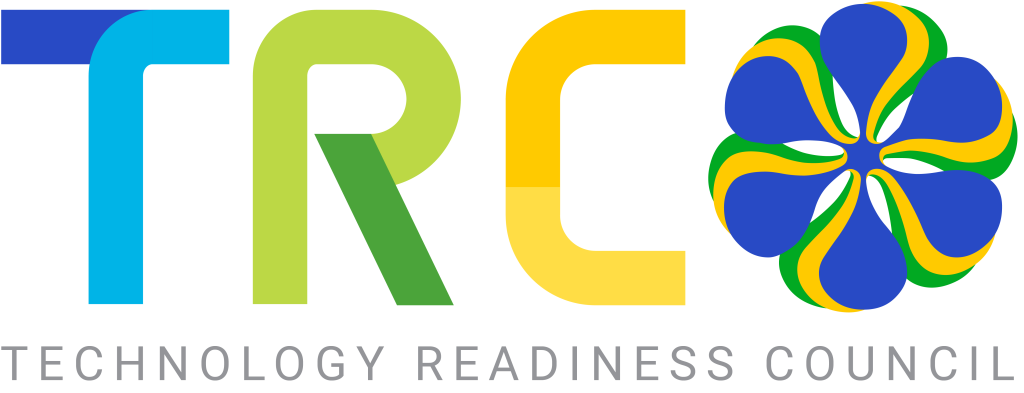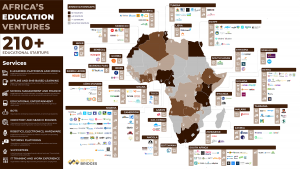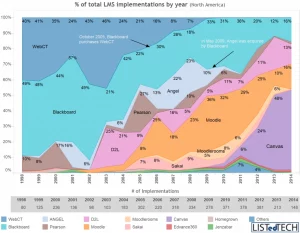In installment two of Student of the Business, it’s, here we go again. The alarm rings, a quick trip through the breakfast buffet, the interaction with Ned Ryerson and Phil Connors is off to start his day. Again. The classic 1993 Hollywood blockbuster is a perfect analogy for life as a Director of Technology for finding and maintaining EdTech technology solutions. Weekly, the emails fly back and forth like metaphorical slaps on the face from Rita, Connors’ love interest.
Does anyone use (pick the name of the software)? Our school is looking into using it for (plug in the task). We were using this software, but it costs too much, it got quired in a merger, our teachers don’t like it, we have a new boss, and Jada Jada Jada. If you are in the “biz” long enough, you can name five or six schools that use the same tool you are thinking of deploying. Or even you can share that you looked into that a couple of years ago but finally went with the very software the other school is stopping to use. It’s the same story, and it is exhausting.
The recent announcement that, as of May 14, 2021, CHQ Group Ltd (CHQ), acquired by Faria Education Group (Faria), the EdTech networks are ablaze with the entire dance again. “Hey, who is using SchoolBuddy?” Yeah, we looked into that a few years ago, but we went with Jada Jada Jada. But why do we keep repeating the same day over and over again? The answer is simple: Fragmentation.
The tools used as the digital plumbing for schools are not fully available in a single piece of software, and that is not by mistake; it is by design. Look at CHQ. They managed afterschool activities, athletic bookings, transportation, and parent communications. Why would these functions not be in a single Student Information System (SIS)? The marketplace supports a multiple-software solution paradigm. Each solution will bring with it differing licensing programs that generate more revenue for the companies if they charge piece by piece.
In many cases, the company that created the initial piece of technology wanted to find a solution for a single-use need. That was the case with ManageBac, and then their OpenApply technologies. These companies then build up a loyal user base of customers, and when they have an attractive segment of the mark cornered, they become a target for a merger and acquisition by larger companies.
Customers who relied on the single-use tool to power their organization are then left to find new solutions. Each school must find professional development monies to train their staff and begin the arduous process of transitioning their school community to an entirely different software solution.
Suppose you are wondering why the customers of these software suppliers do not push back against this model. In that case, you need only examine the lack of leverage a single customer can exert over these companies. If you are an international school with a student body of 1,500 students (a decent size international school), you have to understand that your school is smaller than the size of one middle school in one school district with five or six middle schools twice that size. Add up all of the school districts, and you can understand why your needs are not attractive to these EdTech data conglomerates.
Until a piece of software is developed specifically for smaller international schools whose entire focus is on a niche segment of the market, we have to play the game and dance the dance: Hey, does anyone use Jada Jada Jada for their busses? Hey, was that Punxsutawney Phil?





